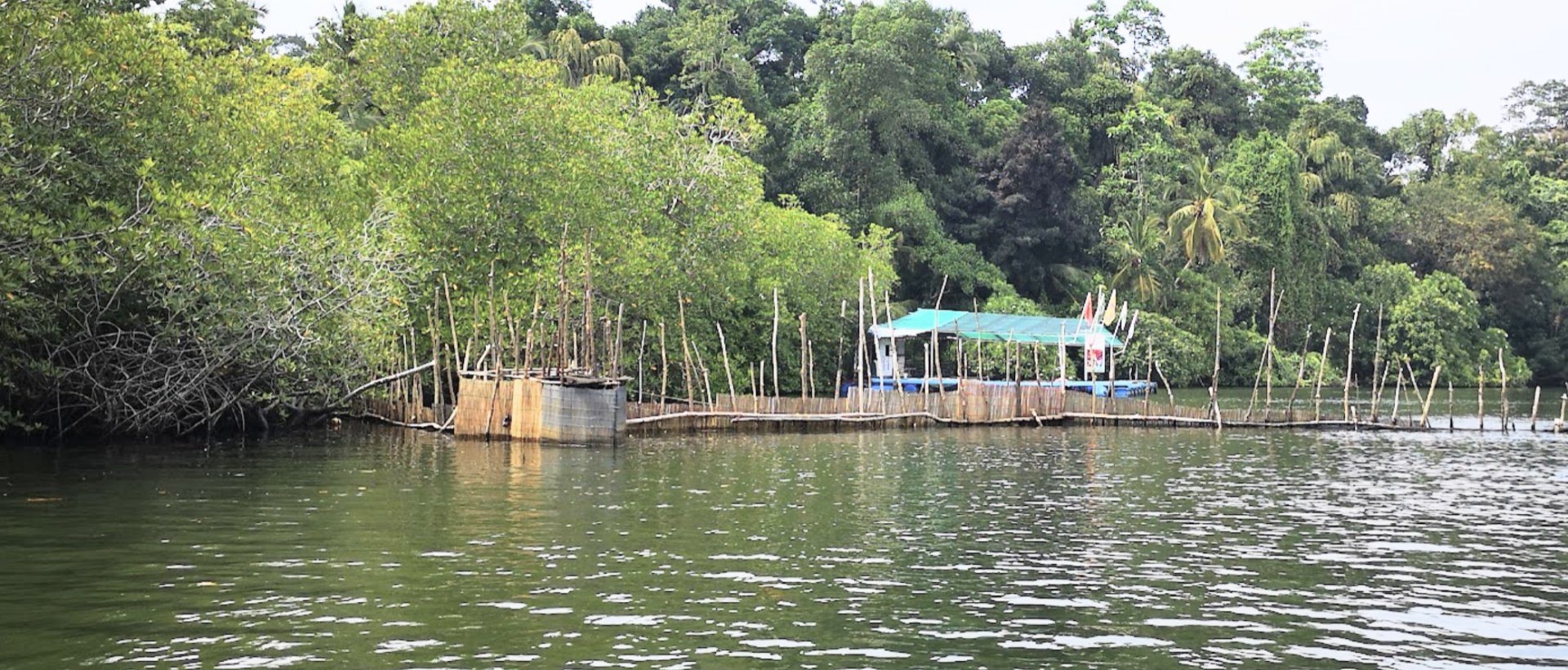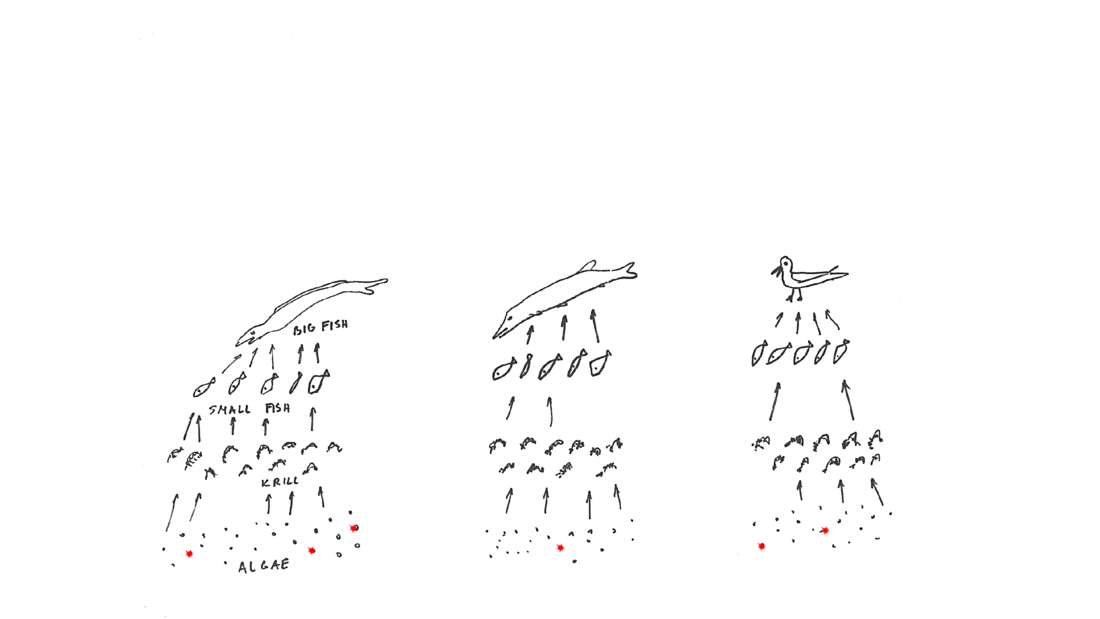
MOOC: Auditing Water Issues
1.2. Water pollution
Water quality refers to the chemical, physical, biological, and radiological characteristics of water. Quality describes the condition of water considering the species found within it and/or any human need or purpose. Many governments have established water quality standards against which compliance can be assessed. The most common standards used to assess water quality relate to the health of ecosystems, safety of human contact, and drinking water.
Water quality standards are often set considering the use of the water (human consumption, industrial use) and separately for ambient water (rivers and lakes). National environmental monitoring programmes usually cover the monitoring of surface waters and groundwater.
 Tip for auditors
Tip for auditors
Monitoring reports can serve as useful sources for identifying the status and trends in the quality of water bodies or aquifers as well as find information about the sources of pollution.
 THINKING EXERCISE
THINKING EXERCISE
Which pollution types are more common in your country? In which regions? Are these pollutions related to certain human activities?
1.2.1. Nutrient pollution
Nutrient pollution is mainly caused by excessive nitrogen (N) and phosphorus (P) entering water bodies. The main source of nitrogen pollution is run-off from agricultural land, whereas most phosphorus pollution comes from households and industry. When polluted water (e.g. untreated household water) contains nutrients at a low concentration, the ecosystem may be capable of using the nutrients, thus cleaning the water. A higher concentration of nutrients leads to eutrophication of the water body. As algae and plants have more ‘food’, they grow more intensively, and therefore less light reaches deep areas of water. Eutrophication is recognised by excessive plant and algal growth. Such water looks green, which is why eutrophication is often referred as algal bloom or water bloom. Several fish species (e.g. trout) vanish because the conditions become unsuitable for them. Some other species may flourish at first, but if nutrient flow is constantly high they suffer as well. There is more biomass for each m3 of water than in clean water. Decaying biomass needs oxygen at a level exceeding the production of oxygen. This leads to a deficit of oxygen in the water and the situation becomes unbearable for many species. If the nutrient flow is continuously high, the water body will turn to marshland.
Video. Eutrophication
Despite improvements in some regions, diffuse pollution from agriculture remains a major cause of the poor water quality currently observed in parts of Europe by the EEA. The significance of the matter has been long recognised by the EU, which issued the Nitrates Directive in 1991 (91/676/EEC) to reduce water pollution caused by nitrates from agricultural sources and prevent further such pollution (will be introduced in the next Module).
Municipal wastewater, if left untreated, is a frequent cause of eutrophication. Below is an example of an audit analysing the nitrate pollution. Unlike in many other countries, there is a requirement for establishing a Cadastre of Water Polluters in the North Macedonia.
 AUDIT CASE: Wastewater management in the Ohrid Lake
AUDIT CASE: Wastewater management in the Ohrid Lake
The audit of North Macedonia approached two major risks related to wastewater management in the Ohrid Lake region:
- a) Incomplete treatment of wastewater discharged and obsolescence of the collector system in the Ohrid Lake;
- b) Inadequate organization of the navigation regime, awarding concessions / lease of beaches and water quality in Lake Ohrid.
|
Audit questions |
Source of criteria |
|
Has the Cadastre of Water Polluters been established and is it regularly updated? |
Law on Waters;
|
|
What is the situation with the collector system in Ohrid Lake? |
Reports and analyses of the situation with the collector system; |
|
Is wastewater from the municipalities completely treated before it is released into Ohrid Lake? |
Reports and analyses of the situation with the collector system;
|
The audit concluded that the Cadastre for Water Polluters had been established, but it was not up to date. The capacity of the wastewater treatment plant was insufficient. The audit also revealed a lack of data on the quantity and quality of the discharged wastewater.
1.2.2. Infectious agents
In terms of human health, pathogenic organisms are the world’s most serious water pollutants. Among the most important diseases of water origin are typhoid, cholera, bacterial and amoebic dysentery, enteritis, poliomyelitis and infectious hepatitis. Malaria and yellow fever are transmitted through insects that produce aquatic larvae.
The main source of these pathogens is insufficient treatment of waste. Animal waste, food parcels or fields near canals and food processing plants with inadequate waste treatment facilities are also sources of many diseases. The discovery of various pathogens in the water is difficult, time consuming and costly. So, generally, water quality control staff analyse water for the presence of coliform bacteria, one of the many types living in the intestines of humans and animals. If a large number of these organisms are found in the water sample, it shows contamination from untreated sewage.
1.2.3. Pollution with hazardous substances
Contamination may originate from point sources such as water treatment plants and industries, or diffuse sources, such as agriculture or urban run-off. When untreated water flows into a water body, the pollution affects all living organisms, bacteria, plants, and invertebrate and vertebrate animals. Consequences to living organisms and ecosystem as a whole differ, depending on the polluting substances and their concentration.
Hazardous substances (e.g. pesticides) cause immediate death of species when in high enough concentration.
 EXAMPLE
EXAMPLE
A devastating spill of cyanide occurred in the Danube river basin in 2000. A dam holding the contaminated waters of Baia Mare gold mine burst and 100,000 m3 (3,500,000 cu ft) of cyanide-contaminated water reached the Tisza and then the Danube, killing large numbers of fish in Hungary and Yugoslavia. The spill contaminated the drinking supplies of over 2.5 million Hungarians. In addition to cyanide, heavy metals were washed into the river and had a long-lasting negative impact on the environment. Large quantities of fish died due to the toxicity of cyanide in the waters of the rivers, affecting 62 species of fish. Two years after the spill, the ecosystem began to recover, but it was still far from its initial state; the fishermen of Hungary claimed that their catches in 2002 were only at a fifth of their original levels.
If the concentration of hazardous chemicals is lower, so that it is not lethal, the chemicals accumulate in the food chain and cause more harm in the top layers of food chain. Below you can see a simplified example of a food chain, which demonstrates the accumulation of hazardous substances. In this example half of the algae (light red) contain hazardous chemicals. On the next level of the ecosystem, krill (small crustaceans) may be lucky to feed on algae containing no hazardous substances. The higher in the food chain, the smaller the ability an organism has to escape hazardous substances. For this reason, an organism at the top level of the food chain (e.g. bald eagle) is most affected by pollution. Humans are also at the top layer in the food chain and therefore cannot easily avoid hazardous substances in a polluted environment.

Figure 7. Accumulation of hazardous substances in foodweb. Hazardous substances are marked in red []
 EXAMPLE
EXAMPLE
In the European Union, hazardous substances have been identified for which environmental quality standards are set and Union-wide monitoring is being performed – the respective list regarding substances in surface waters is found here. In recent years, concerns have also been raised regarding “forever chemicals” or PFAS (per- and polyfluoroalkyl substances) pollution, notably perfluorooctane sulfonate (PFOS) and perfluorooctanoic acid (PFOA), due to the high mobility and bioaccumulation potential of these complex substances used widely in industrial and consumer products.
Plastic pollution has become a global issue, made especially visible by islands of debris floating on world’s oceans which pose a major threat to marine life. Furthermore, there is increasing scientific literature around the toxic harm plastics can cause to living organisms, including through consumption or contact via water. In Europe, methodologies have been recently developed to measure the concentration of microplastics in drinking water.
 Tip for auditors
Tip for auditors
One audit question could be whether the pollution sources have been identified along with the distribution of each in the overall pollution load of a given water body.


